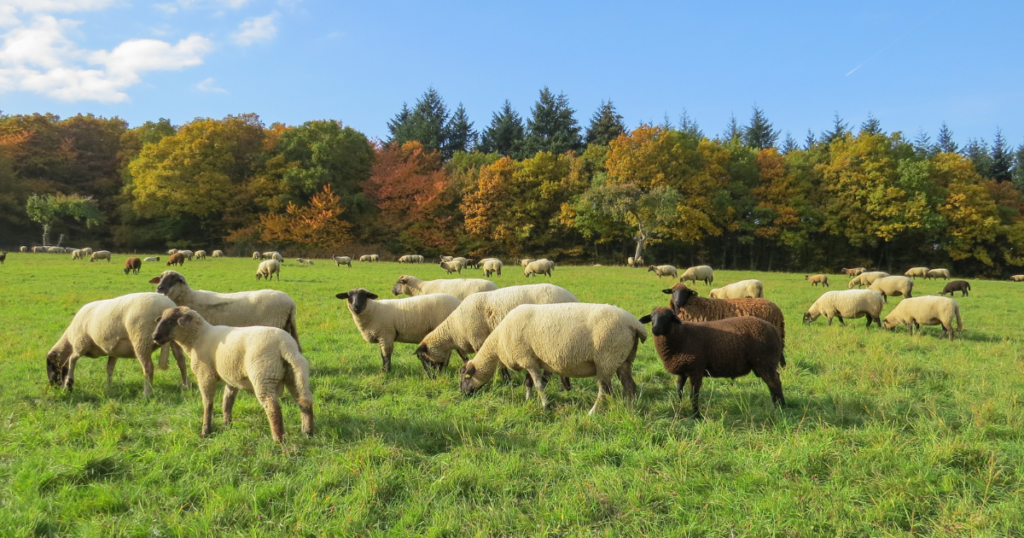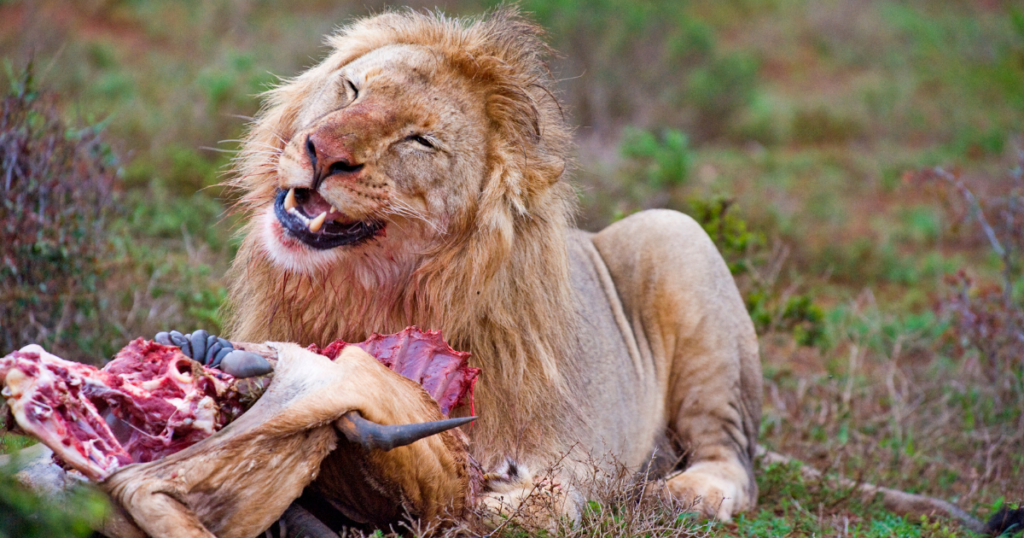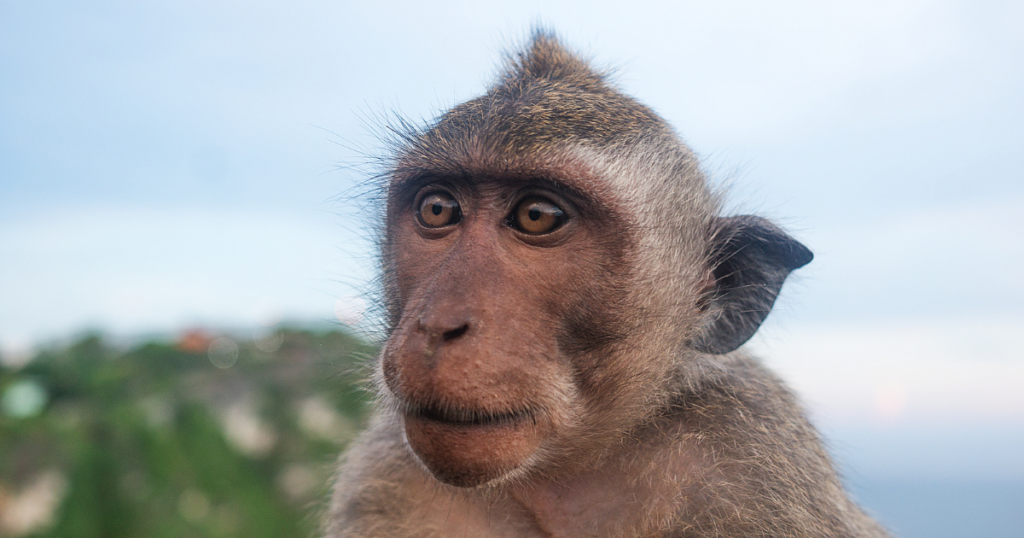Food is one of the three basic requirements along with ‘air ‘ & ‘water’ that is necessary by all means to every living organism in this world. And animals in the wild are no exception. The fact that our earth is home to nearly 8.7 billion species and yet 86% of them are rarely known is quite amusing and hard to believe.
All organism needs food for their growth and development. Different animals have different food habits, some eat animals some eat plants and some eat both. They also depend on the availability of food based on their habitat.
Based on animal eating plans can be classified into five categories:
- Herbivores
- Carnivores
- Omnivores
- Parasites
- Scavengers
Herbivores

Herbivore is an animal that gets its energy from eating plants and only plants according to the animal eating plan. Omnivores can also eat parts of plants, but generally only the fruits and vegetables produced by fruit-bearing plants.
Herbivores often have physical features that help them eat tough, fibrous plant matter like special digestive systems that let them digest all kinds of plants, including grasses. A group of mammals knowns as ruminants( sheep, giraffes, horses, deer, cattle) are perfect for the illustration of a specialized digestive system as they have four chambers in their stomach that process their food in easy to consume materials ( cud ) for smooth digestion.
Herbivores need a lot of energy to stay alive. Many of them, like cows and sheep, eat all day long.
Many herbivores spend a large part of their life eating. Elephants need to eat about 130 kilograms (300 pounds) of food a day. It takes a long time to eat that much leaves and grass, so elephants sometimes eat for 18 hours a day.
There should be a lot of plants in your ecosystem to support your herbivores. If you put carnivores or some omnivores in your ecosystem, they’ll eat your herbivores, so make sure you have enough herbivores to support them.
Herbivores are a major part of the food web.
Herbivores depend on plants for their survival. If the plant population declines, herbivores cannot get enough food. Beavers, for example, feed on trees and plants that live near water. If the trees are removed to build houses and roads, the beaver population cannot survive.
Similarly, many carnivores need herbivores to survive. Herbivorous zebras and gazelles once travelled in great herds across the savannas of Africa. But these herds have shrunk and are now mostly confined to parks and wildlife reserves. As the number of these herbivores declines, carnivores such as African wild dogs, which prey on them, also decline. And in some places, the large decline of carnivores has led to an overpopulation of herbivores which can have serious impacts on natural vegetation.
So herbivores have a special role of balance to play in the food web.
Carnivores

A carnivore is an organism that mostly eats meat or the flesh of animals. Sometimes carnivores are called predators. Organisms that carnivores hunt are called prey.
Many carnivores eat herbivores. Some eat omnivores, and some eat other carnivores. Carnivores that consume other carnivores are called tertiary consumers.
Based on the percentage of dependency on meat for survival they are categorised into different categories:
- Obligate carnivores
These carnivores depend only on meat for survival. Their bodies cannot digest plants properly. Plants do not provide enough nutrients for obligate carnivores. All cats, from small house cats to huge tigers, are obligate carnivores.
- Hyper carnivores
These carnivores depend on animals for at least 70 per cent of their diet. Plants, fungi, and other nutrients make up the rest of their food.
- Meso carnivores
Mesocarnivores depend on animal meat for at least 50 per cent of their diet.
Foxes are meso carnivores. They also eat fruits, vegetables, and fungi.
- Hypo carnivores
Hypo carnivores depend on animal meat for less than 30 per cent of their diet. Most species of bears are hypo carnivores. They eat meat, fish, berries, nuts, and even the roots and bulbs of plants. Hypo carnivores such as bears are also considered omnivores.
Certain types of carnivores have specific diets. Some, such as sea lions, eat mainly fish. They are called piscivores (Piscis is the Latin word for fish).
Carnivores in the Food Chain
For a healthy ecosystem in the animal eating plans, the populations of autotrophs, herbivores, and carnivores must be in balance. Energy from nutrients is lost at each trophic level. It takes many autotrophs to support a fewer number of herbivores. In turn, a single carnivore may have a home range of dozens or even hundreds of miles. A Siberian tiger, for instance, may patrol a range of 1,000 square kilometres (386 square miles).
In some places, the disappearance of large carnivores has led to an overpopulation of herbivores, disrupting the ecosystem.
Omnivores

An omnivore is an organism that regularly consumes a variety of materials, including plants, animals, algae, and fungi. They range in size from tiny insects like ants to large creatures—like people.
Human beings are omnivores. People eat plants, such as vegetables and fruits. We eat animals, cooked as meat or used for products like milk or eggs. We eat fungi such as mushrooms. We also eat algae, in the form of edible seaweeds such as nori, which are used to wrap sushi rolls, and sea lettuce, eaten in salads
Omnivore Adaptations
Many omnivores have biological adaptations that help them eat a variety of kinds of foods. They have adopted many characteristics of both carnivores and herbivores.
Compared to herbivores and carnivores, omnivores often have a greater chance of surviving difficult conditions. They can adjust their diets. If all the salmon or other animals disappear from a river ecosystem, a big cat living in that habitat could not survive. However, a grizzly bear could still survive eating berries, fruit, roots, and insects.
Because they have an easier time finding food, omnivores are sometimes better at adapting to new environments than creatures with more specific feeding habits. Omnivores can better adapt to development than herbivores or carnivores.
Parasites

Parasites are plants or animals that live on or in a host getting their nutrients from that host. A host is an organism that supports a parasite. Sometimes the host is harmed by the parasite, and sometimes the relationship is neutral. But the host never benefits from the arrangement. When the parasite does harm the host, it doesn’t often kill the host directly, but the stressors that come with having parasites can kill.
Parasites glean nutrients from their hosts in various ways: Some, called ectoparasites, literally drink the blood or eat the skin of their hosts. Others, called endoparasites, set up shop inside their hosts—think tapeworms or botflies.
There aren’t solid estimates on how many parasite species exist in the world, but some experts believe there are far more species of parasite than there are of “free-living” animals—and the majority of parasites are likely still undiscovered.
Scavengers

A scavenger is an organism that mostly consumes decaying biomass, such as meat or rotting plant material. While most carnivores hunt and kill their prey, scavengers usually consume animals that have either died of natural causes or been killed by another carnivore.
Scavengers play an important role in the food web. They keep an ecosystem free of the bodies of dead animals, or carrion. Scavengers break down this organic material and recycle it into the ecosystem as nutrients.
Scavengers in the Food Chain
According to the animal eating plan, Many animals will scavenge if they have the chance, even though carrion is not their preferred food source. Lions, leopards, wolves, and other predatory—animals that hunt other animals—will eat carrion if they come across it. Black bears feed mostly on fruit, nuts, and berries, but they, too, will eat dead animals. Foxes and coyotes are more likely to eat carrion in the winter when they cannot find other food.
Because most scavengers are flexible about what they eat, they have an easier time finding food than creatures with more restricted diets. This sometimes makes scavengers better at adapting to new environments than other organisms.
